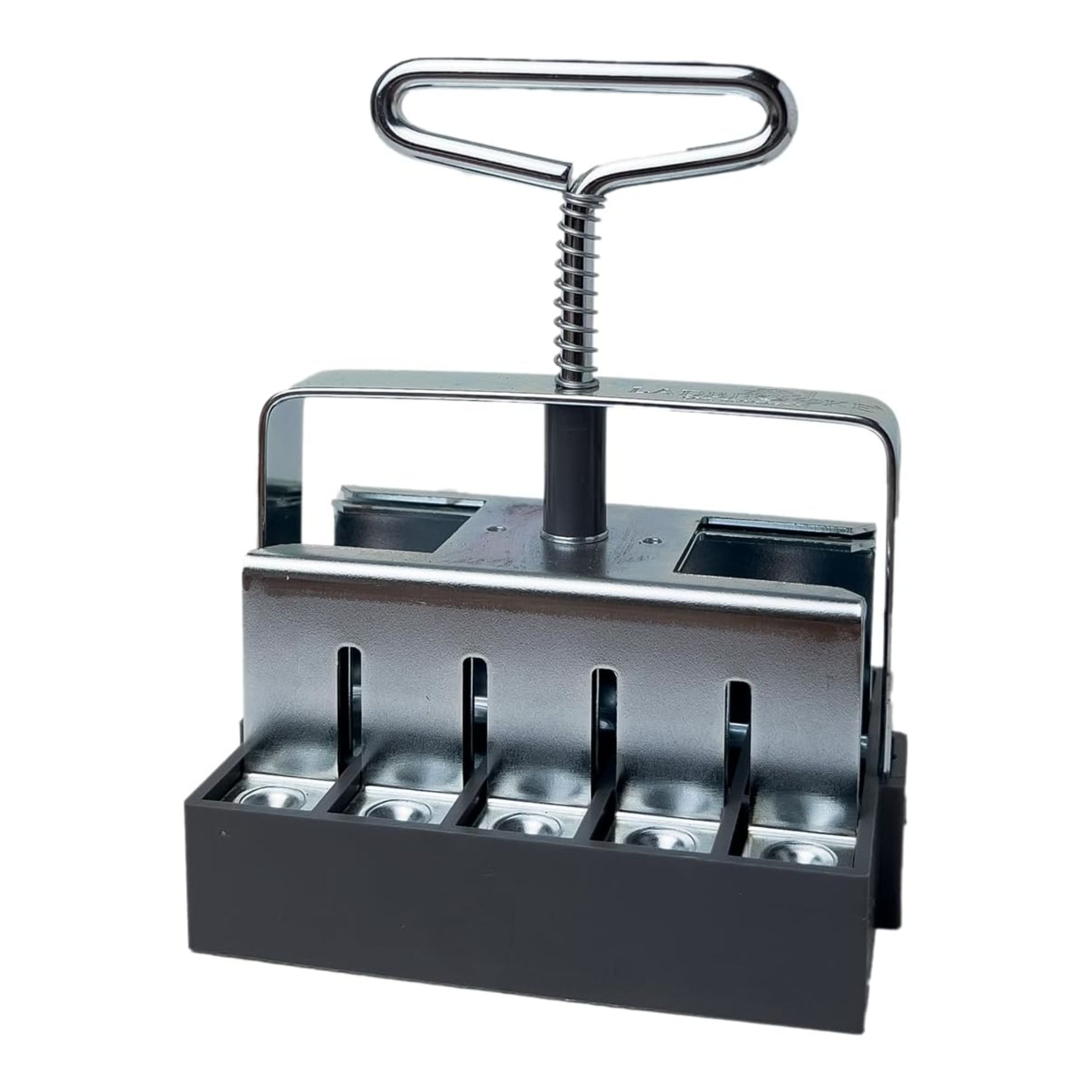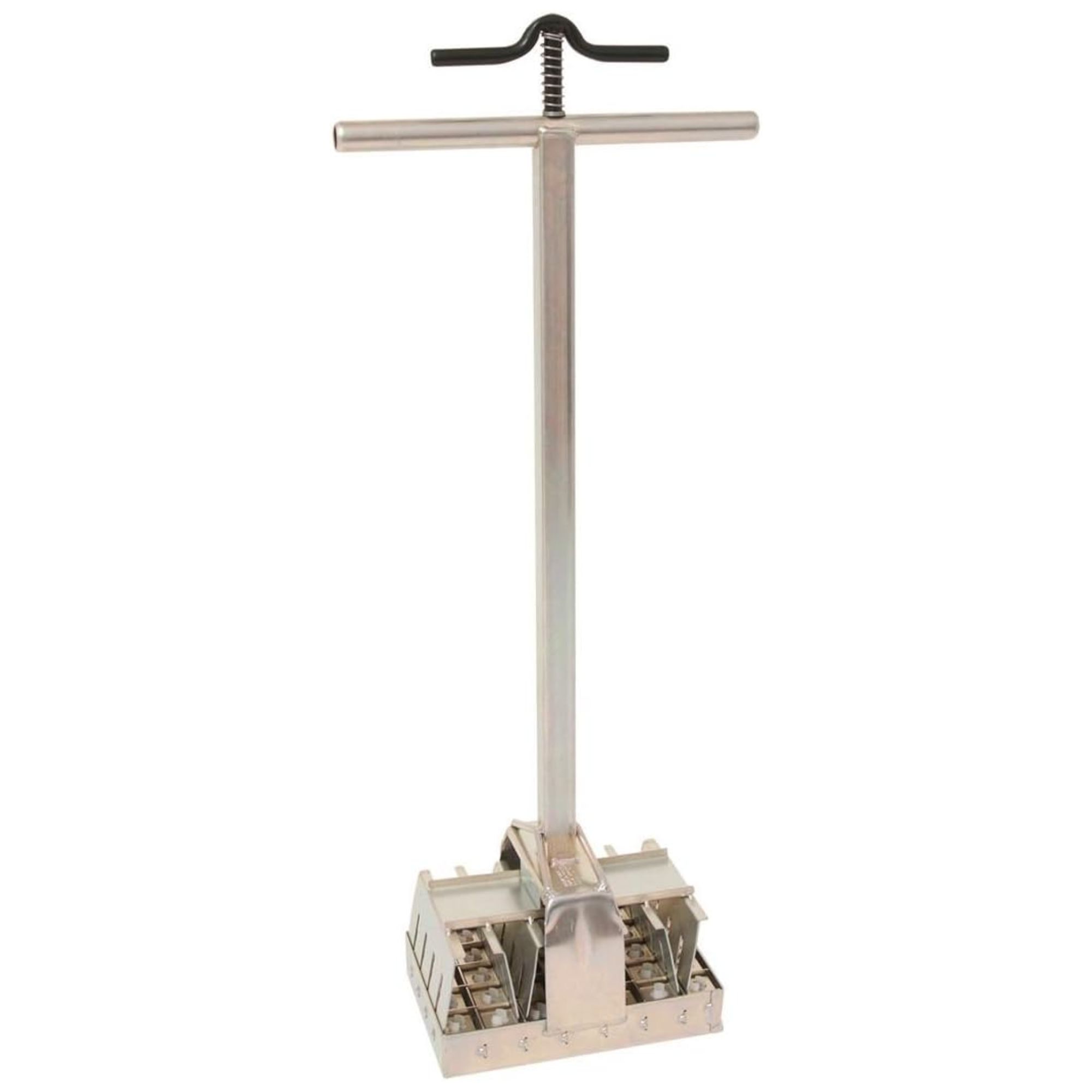What is a soil blocker? Plant pros explain how to use this ingenious tool, and how 'air pruning' can give your plants healthier roots
Soil blockers help to create healthier plants – and they're plastic-free, too


As we head into spring, the most common way to start off new seedlings is in a classic plastic seed tray. However, there's a plastic-free alternative that could make for much stronger plants.
Soil blockers create compacted blocks of soil perfect for hosting seeds. Without the confines of a seed tray, roots are subject to a process called 'air pruning' which can make for much healthier plants.
I spoke to horticultural experts about this technique, its benefits and potential drawbacks, and how a soil blocker can be one of the best seed tray alternatives around.
What is a soil blocker?
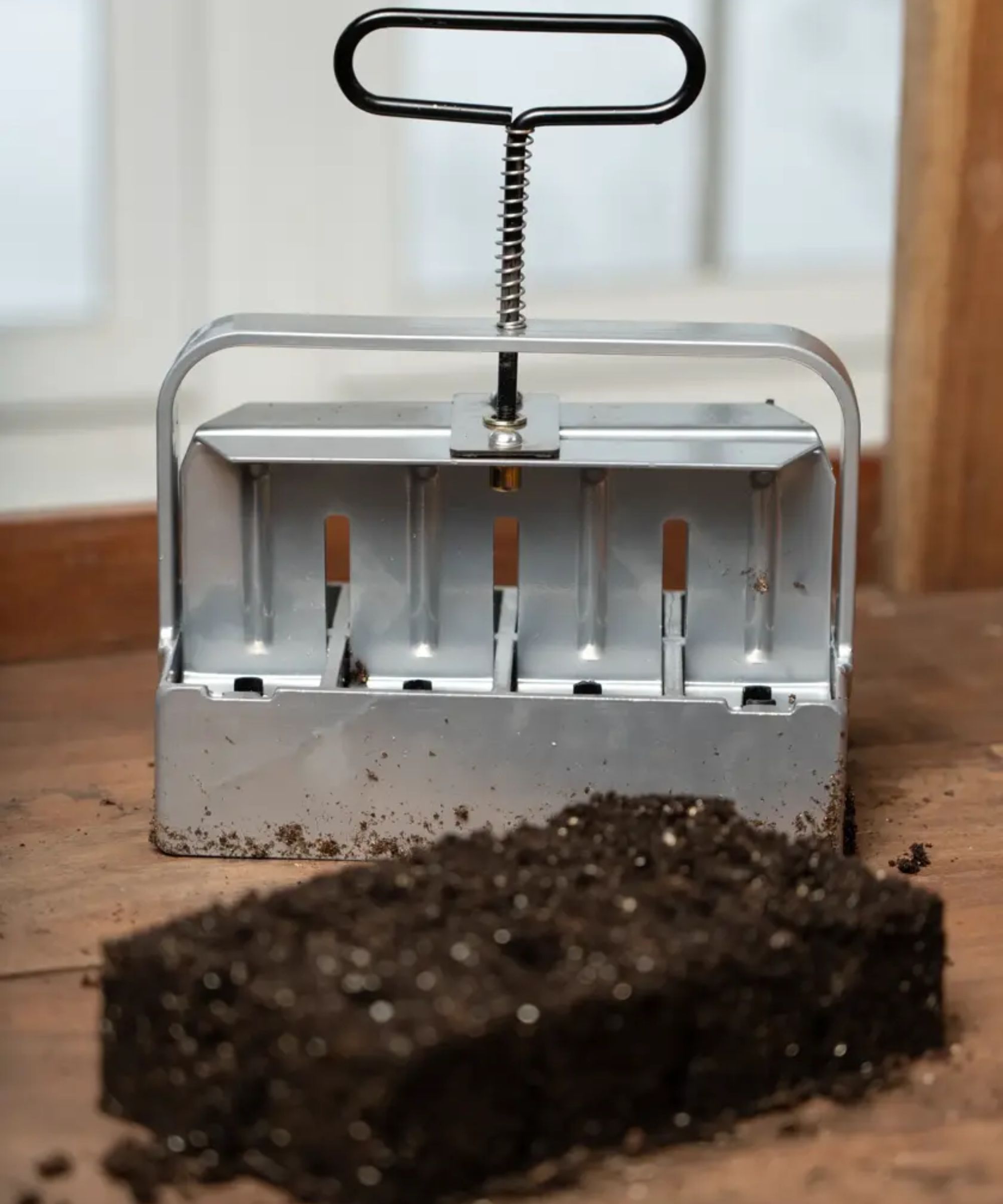
A soil blocker is exactly as it sounds. It's a tool for making small cubes of soil for seedlings, so you don't need to use plastic seed trays.
Gardening expert Jane Dobbs explains 'Soil blockers are metal tools used to compact soil into cubes that can be used to start seeds without the need for plastic pots.
'A soil blocker works by compressing a specially prepared soil mixture into uniform blocks that can be used for seed starting. The innovative gardening tool has a mold with a plunger-like mechanism that allows gardeners to form uniform soil blocks for planting.'

Horticultural and landscaping expert Jane Dodds leads the gardening team at Allan's Gardeners, a gardening and lawn mowing service.
What are the benefits of a soil blocker?
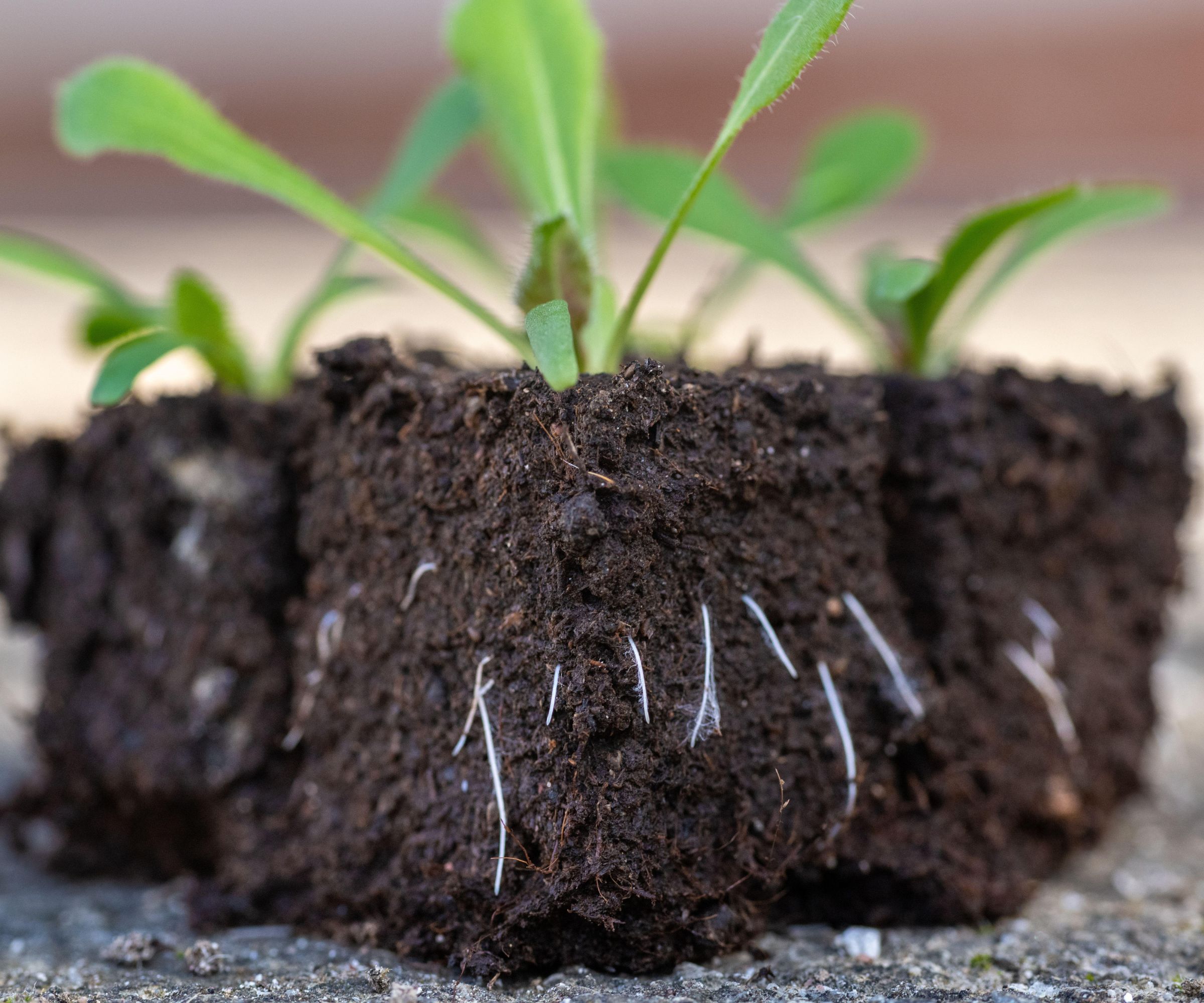
There are several benefits to this method. Seeding expert and nursery owner Tammy Sons says 'The primary benefit of using soil blocks is that they allow seedlings to grow robust root systems while minimizing transplant shock through natural air-pruning, which prevents root circling.'
Because the soil block has no walls, as in a traditional seed tray, any roots that grow out of the soil are exposed to air. Without soil or water, the tips of these roots then die off, which is known as 'air pruning', because the air contact essentially cuts off the roots. This then encourages the plant to grow more lateral roots to supplant the air-pruned roots, making for a thick, strong root ball. In a traditional seed tray cell, roots don't die off in this way; instead, they circle each other and make a tangled mess. These tangled roots then strangle each other when a plant is planted out in a pot or in the ground, making for a weaker plant.
This means that a soil blocker makes for stronger plants. Jane Dobbs says 'Seedlings are less likely to suffer transplant shock when transplanted from soil blocks because of their intact root system,' which is why Tammy uses seed blockers in her nursery. 'The initial additional effort pays off,' says Tammy, 'because I end up with stronger and hardier seedlings.'
Soil blockers have environmental benefits, too. Jane adds 'With soil blocking, plastic pots are eliminated, reducing the environmental impact.' Unlike seed trays, you aren't relying on flimsy plastic. Seed trays often crack and need to be replaced, creating lots of plastic waste. On top of that, while research is still ongoing, using plastic in a yard could introduce microplastics to your plants, and if you grow fruits and vegetables, to your food. Soil blockers eliminate this risk, as would eco friendly yard tools.

Tammy Sons is a horticulture expert, garden writer, and educator. Tammy is the CEO and founder of TN Nursery, an online plant nursery based in Altamont, Tennessee, which has provided plants for the Washington Monument and Arlington National Cemetery.
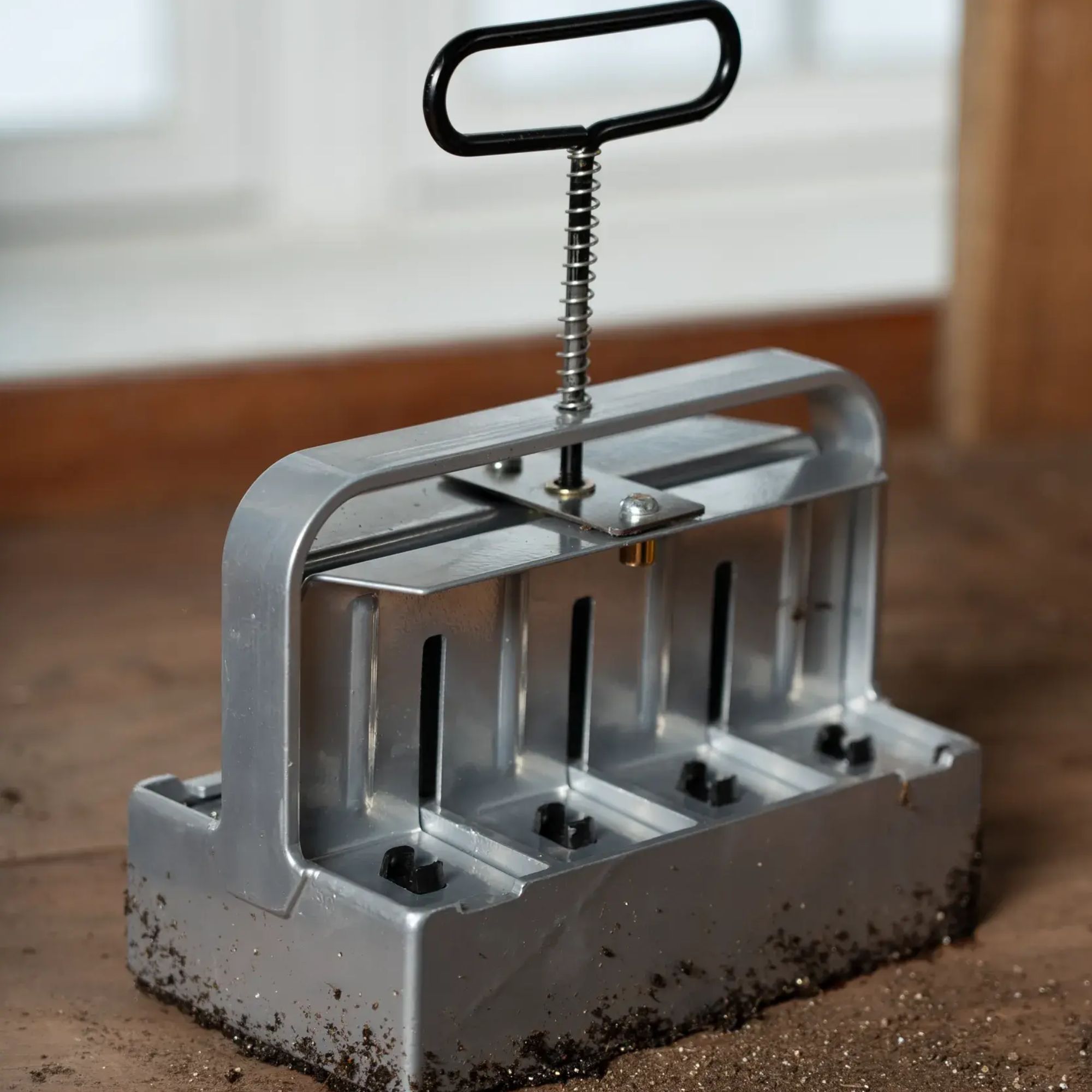
This is the classic soil blocker design. It makes 8 2" soil blocks at once, the perfect size for most seeds and root vegetables.
How to use a soil blocker
It takes a little practice to create the right soil consistency for a blocker. Jane explains that 'The first step is to prepare the right soil mix. The mixture should be moist enough to hold together when squeezed, similar to wet sand used for sandcastles.' Then, you need to plunge and twist the handle to create the soil blocks.
Jane says 'To ensure that the molds are completely filled, push down and twist the soil blocker into the prepared soil mix. By pressing the blocker into the soil, the plungers inside each mold compress the soil, creating dense, uniform blocks. As the soil is compressed, it takes the shape of the molds, typically forming cubic blocks with slight indentations on top for seed placement.'
This will make several blocks at once, which you can then use for your seedings 'After the molds are filled and compressed, you can squeeze the handles or press a lever to activate the spring-loaded ejection system,' says Jane. 'It pushes the formed soil blocks out of the molds. Once ejected, place the blocks on a tray or growing surface.'
Are there drawbacks to a soil blocker?
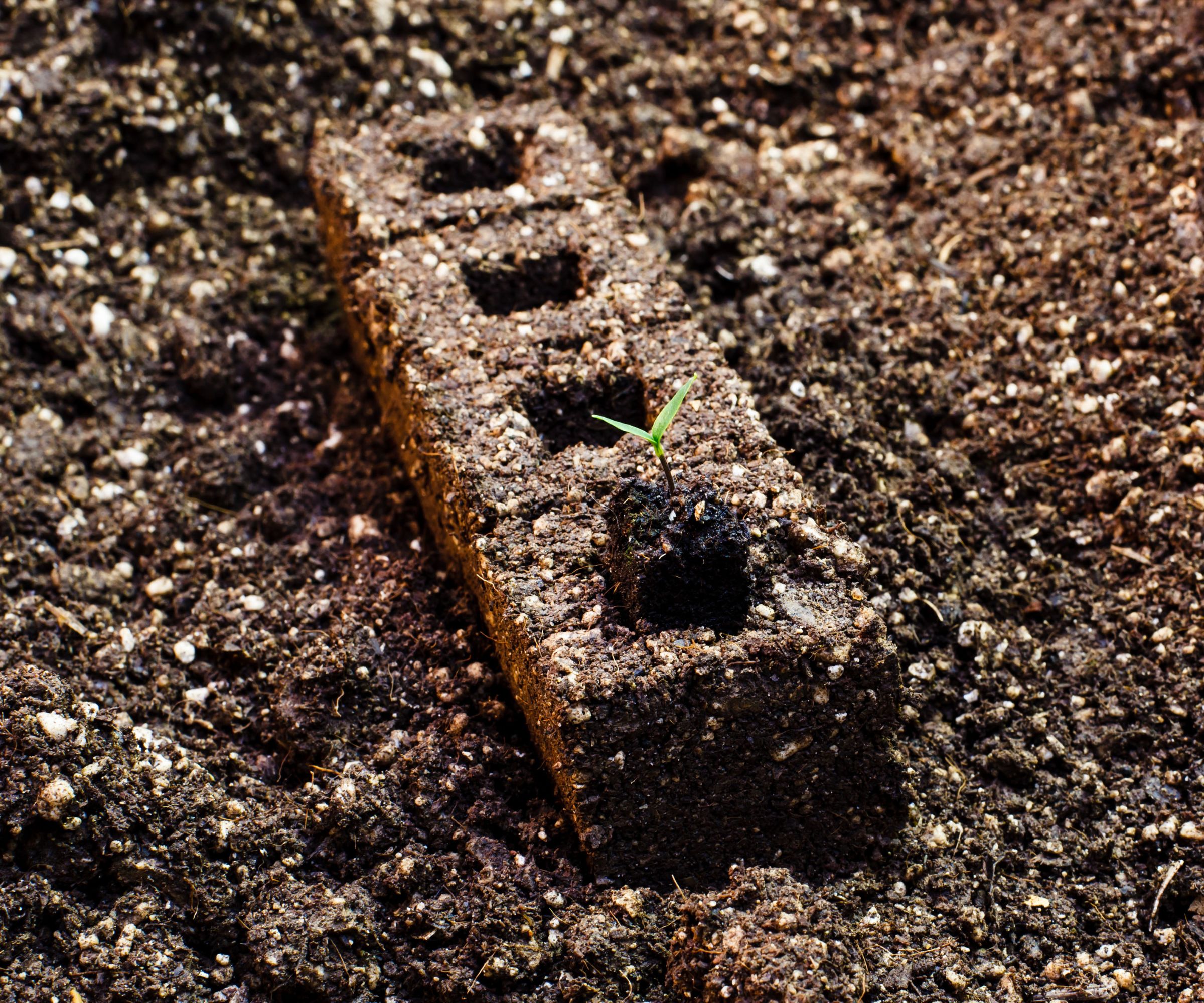
There are a few drawbacks to soil blockers to consider. As mentioned above, you need to nail the consistency of your soil because otherwise the the block won't work.
Jane Dobbs says 'It takes a significant amount of practice to create consistent, well-formed soil blocks. Compared to traditional seed trays, soil blocks require more effort and time to make. Achieving proper soil consistency can be time-consuming.'
Tammy Sons agrees. 'Soil blockers depend on the proper combination of soil mix and moisture levels because otherwise, blocks will crumble or dry out quickly. You need to practice operating a soil blocker because you must press the tool into moistened soil and firmly compress it before removing the blocks onto a tray.'
On top of that, soil blockers are more expensive than seed trays. Unlike seed trays, there are no ongoing costs, but the initial cost of a soil blocker is much higher than the couple of dollars you need for dozens of seed tray cells.
Soil blockers aren't always as plastic-free as they claim to be, either. Jane explains 'It is not possible to water soil blocks from overhead as it may damage them. Instead, place the tray containing soil blocks in a shallow container of water and allow the blocks to absorb water.' The most common way of doing this is with a plastic watering tray like this from Amazon, which defeats the point somewhat.
Finally, soil blocks don't work for every type of plant, and you need to be careful about when you sow your seeds. Jane says 'A soil block is best for short-term seedlings grown for about six weeks or less. They may start to deteriorate after that. Rapidly growing seedlings may outgrow their blocks, resulting in wilting and root binding, and soil blocks are unsuitable for plants that need long growth periods before transplanting.'
Soil blocks are excellent for carrots, poppies, and other plants with tiny seeds and steady germination rates. However, fast-growing plants like radish and lettuce, and slow-growing plants like parsley or lima beans might not be successful in a seed block, especially if you mistime sowing the seeds. This also means soil blocks aren't great for cuttings.
As great as they are, soil blockers aren't magic bullets. Learning how to germinate seeds successfully in any growing media is essential for healthy plants. Part of the process is proper seed storage over winter, and making sure that you plant seeds in the right order for the year.
Sign up to the Homes & Gardens newsletter
Design expertise in your inbox – from inspiring decorating ideas and beautiful celebrity homes to practical gardening advice and shopping round-ups.

As a gardens and lifestyle contributor, Alex makes sure readers find the right information to help them make the best purchase. Alex got his start in reviewing at the iconic Good Housekeeping Institute, testing a wide range of household products and appliances. He then moved to BBC Gardeners’ World Magazine, assessing gardening tools, machinery, and wildlife products.
You must confirm your public display name before commenting
Please logout and then login again, you will then be prompted to enter your display name.
-
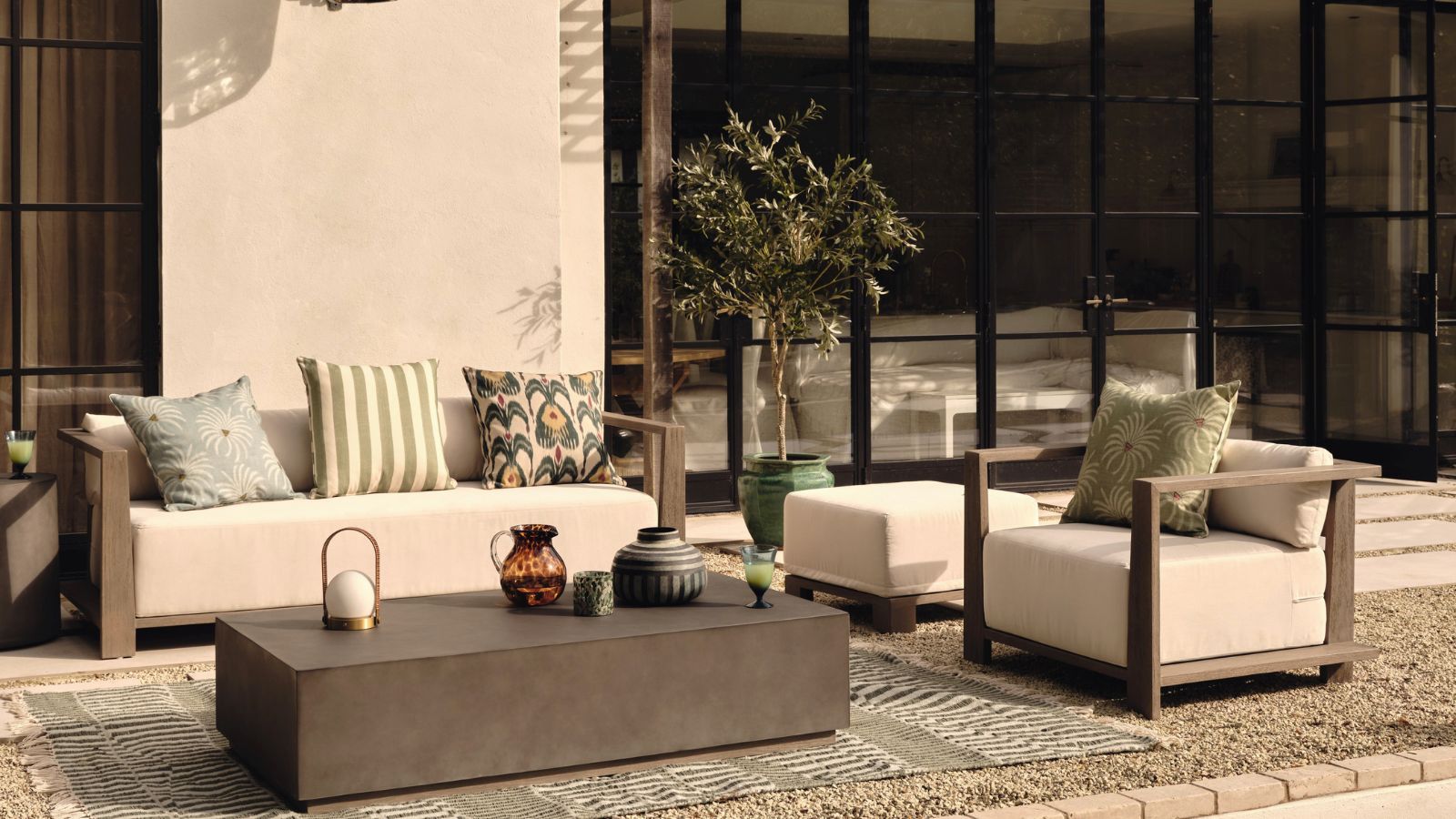 I tried the baking soda trick to quickly and naturally clean my outdoor rug – it’s now set for Easter outdoor hosting
I tried the baking soda trick to quickly and naturally clean my outdoor rug – it’s now set for Easter outdoor hostingBaking soda is perfect for lifting dirt and debris
By Eve Smallman
-
 Drew Barrymore's striped sofa is her most elegant design to date – it oozes East Hampton elegance in time for summer 2025 (and is under $384)
Drew Barrymore's striped sofa is her most elegant design to date – it oozes East Hampton elegance in time for summer 2025 (and is under $384)This subtly striped linen sofa anchors any living room while feeling light and casual – it looks so much more expensive than its price tag
By Megan Slack
